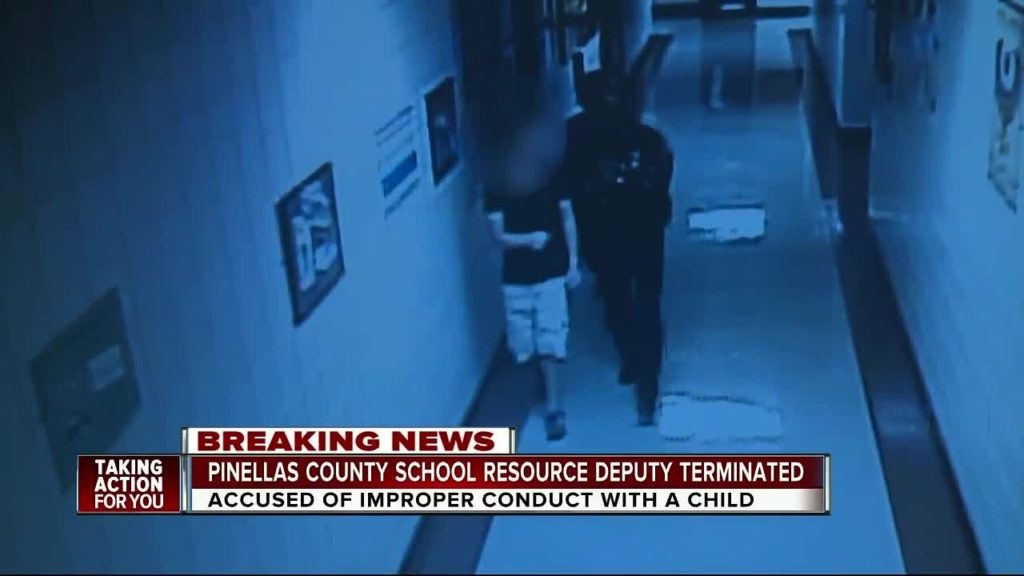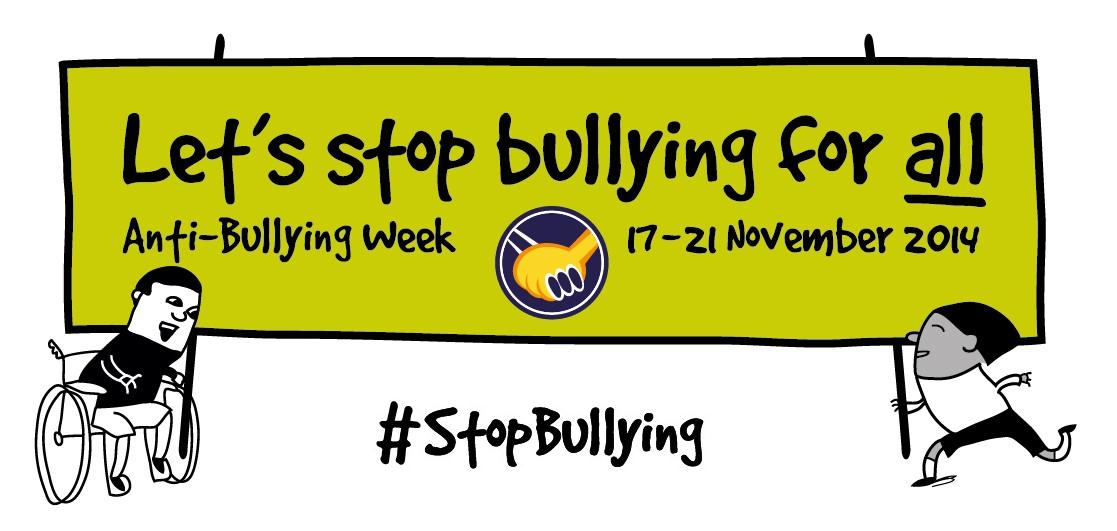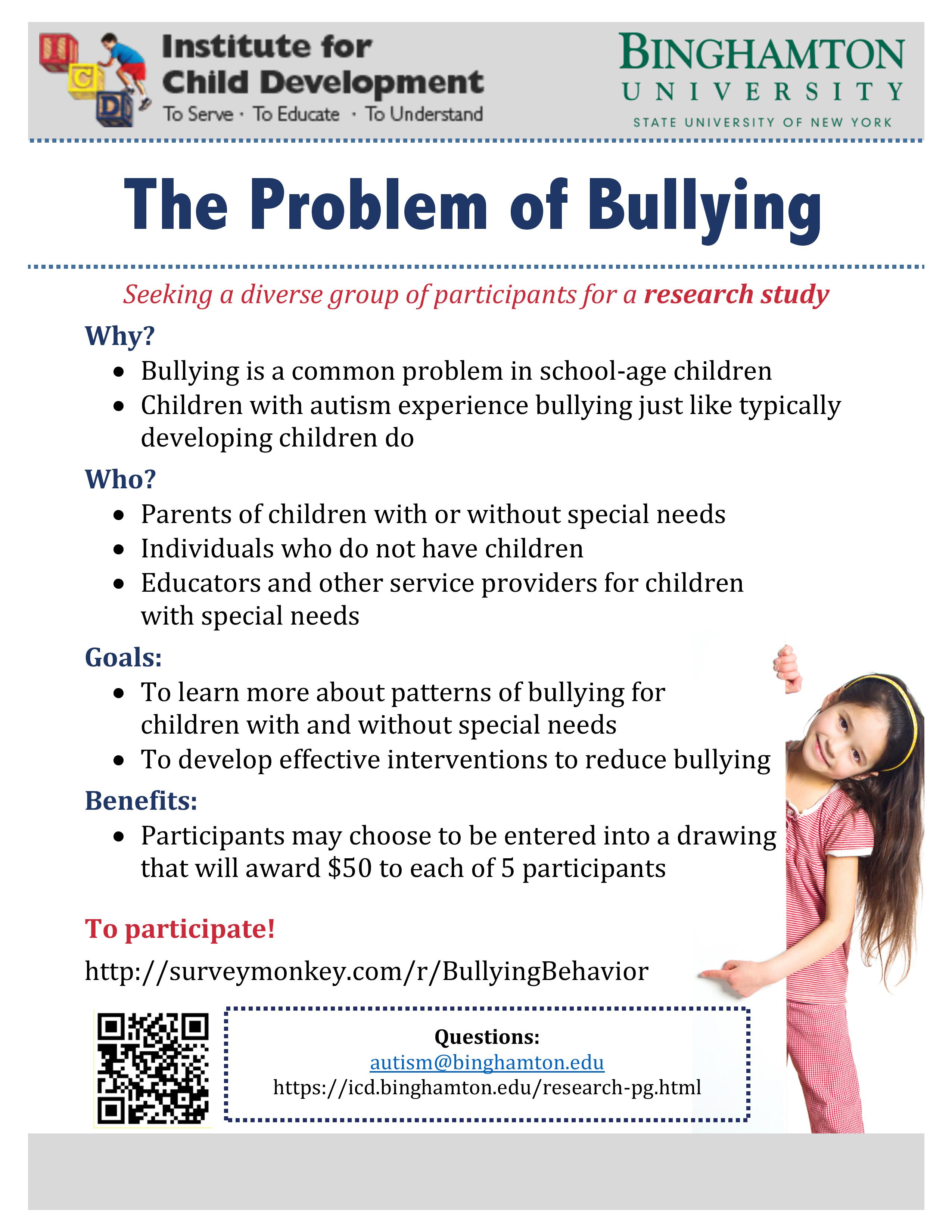A recent study from North Carolina State University and the University of South Carolina finds that young people with good family relationships are more likely to intervene when they witness bullying or other aggressive behavior at school – and to step in if they see victims planning to retaliate. The study found that kids who were already excluded, or discriminated against by peers or teachers, were less likely to stand up for victims of bullying.
“There’s a lot of research on bullying, but very little on the extent to which family factors affect whether bystanders will intervene if they see bullying,” says Kelly Lynn Mulvey, an assistant professor of psychology at NC State and lead author of a paper on the work.
“This is important because research has shown that peer interventions are very effective at stopping bullying and preventing future aggressive behaviors. But these interventions are fairly rare,” Mulvey says. “One goal for this work was to determine how and whether family and school factors can support and empower students to intervene when they see bullying.”
To that end, the researchers conducted a study with 450 sixth-graders and 446 ninth-graders. All study participants completed a survey aimed at collecting data on their relationships with family, peers and teachers. Participants were also given six scenarios, each of which dealt with a specific aggressive act: physical aggression; cyberbullying; social exclusion, or rejection by a group; intimate partner violence; social aggression, such as teasing or mean-spirited gossip; and exclusion by a former friend.
For each scenario, students were asked to rate the aggressive act on a six-point scale, from “really not OK” (1) to “really OK” (6). Students used the same scale to judge the acceptability of intervening.
Each student was then asked to estimate his or her likelihood of engaging in six different responses, from addressing the bully directly to walking away. Lastly, study participants were asked how OK it would be for a victim to retaliate against the bully and whether it would be OK to intervene in order to prevent the retaliation.
“We found that family is very important,” says Seçil Gönültas, a Ph.D. student at NC State and co-author of the paper. “The stronger a student’s reported ‘good family management,’ or positive family relationships, the more likely a student was to deem aggressive behaviors and retaliation unacceptable, and the more likely they were to intervene in either case.”
“We also found that sixth-graders were more likely than ninth-graders to find aggressive behaviors unacceptable and to intervene,” Mulvey says. “That suggests it’s important to maintain anti-bullying efforts into high school – which many places are already doing.”
Meanwhile, the study also showed that the more strongly students reported feeling excluded or feeling treated unfairly by peers or teachers, the more likely they were to walk away or do nothing when they saw bullying. And the more strongly students reported feeling discriminated against by peers or teachers, the less strongly they felt about bullying being wrong. This finding was particularly pronounced for students who felt discriminated against by teachers.
By the same token, students with good teacher relationships were more likely to actively intervene.
“The study tells us that both home and school factors are important for recognizing bullying behavior as inappropriate and taking steps to intervene,” Mulvey says. “It highlights the value of positive school environments and good teachers, and the importance of family support, when it comes to addressing bullying.”




